Poultry manures and litters are an excellent source of crop nutrients—ones that can be more easily accessed by the crop when EXTRACT PBA, which contains ACCOMPLISH nutrient release technology, is used. In the corn trials below, this biocatalyst technology maximized nutrient release from poultry manures so that more nutrients were available to the crop, leading to higher corn yields.
In a trial conducted in Kentucky, EXTRACT was spread with UAN over turkey manure in the fall. Soil samples from the treated and untreated plots were taken in January, and showed an increase in the availability of many nutrients with the EXTRACT application. At harvest there was a 16.9 bu/acre corn yield increase where EXTRACT had been applied.
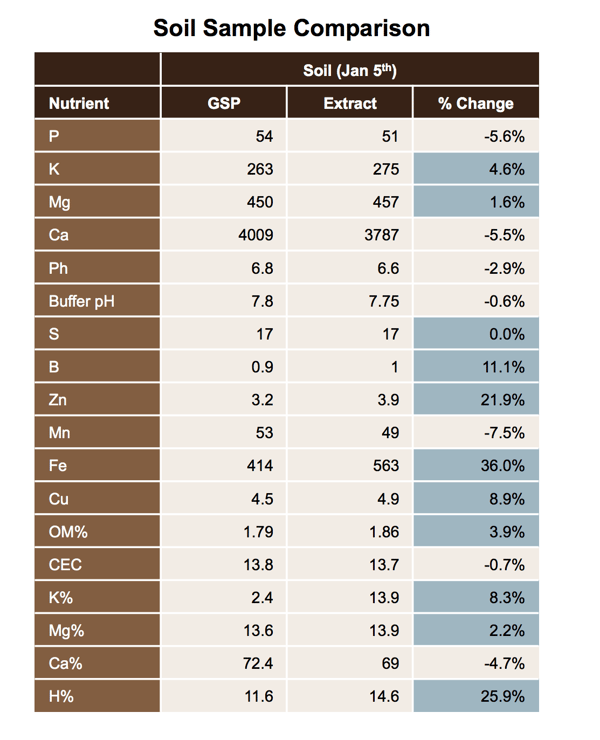 Research by the University of Arkansas also shows that biocatalyst technology can improve corn yields in poultry manure applications. In these replicated corn trials, ACCOMPLISH was applied over fresh and pelletized poultry manure at broadcast in the spring. At harvest, the biocatalyst treatment was associated with a corn yield increase of 30.7 bu/acre where fresh poultry manure had been used and 32.8 bu/acre where pelletized manure had been applied. Both findings were statistically significant (P≤0.1).
Research by the University of Arkansas also shows that biocatalyst technology can improve corn yields in poultry manure applications. In these replicated corn trials, ACCOMPLISH was applied over fresh and pelletized poultry manure at broadcast in the spring. At harvest, the biocatalyst treatment was associated with a corn yield increase of 30.7 bu/acre where fresh poultry manure had been used and 32.8 bu/acre where pelletized manure had been applied. Both findings were statistically significant (P≤0.1).
For convenience of application, EXTRACT can be applied with burndown herbicides or with pre-emergent herbicides in a fertility program with poultry manure or litter.
Learn more about using biocatalyst technology to release nutrition from poultry manures and litters, swine manure, and cattle manure by viewing our manure studies.








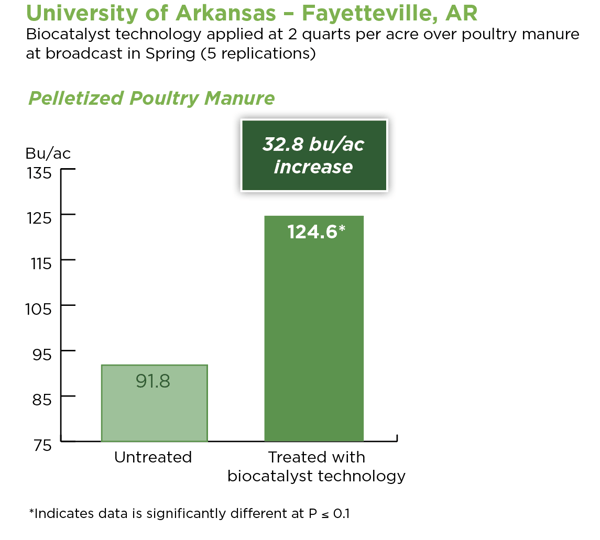



 EXTRACT was sprayed on Nov. 29, 2017. This photo shows corn stalks from treated and untreated parts of the field that were pulled and split on March 23, 2018.
EXTRACT was sprayed on Nov. 29, 2017. This photo shows corn stalks from treated and untreated parts of the field that were pulled and split on March 23, 2018. 
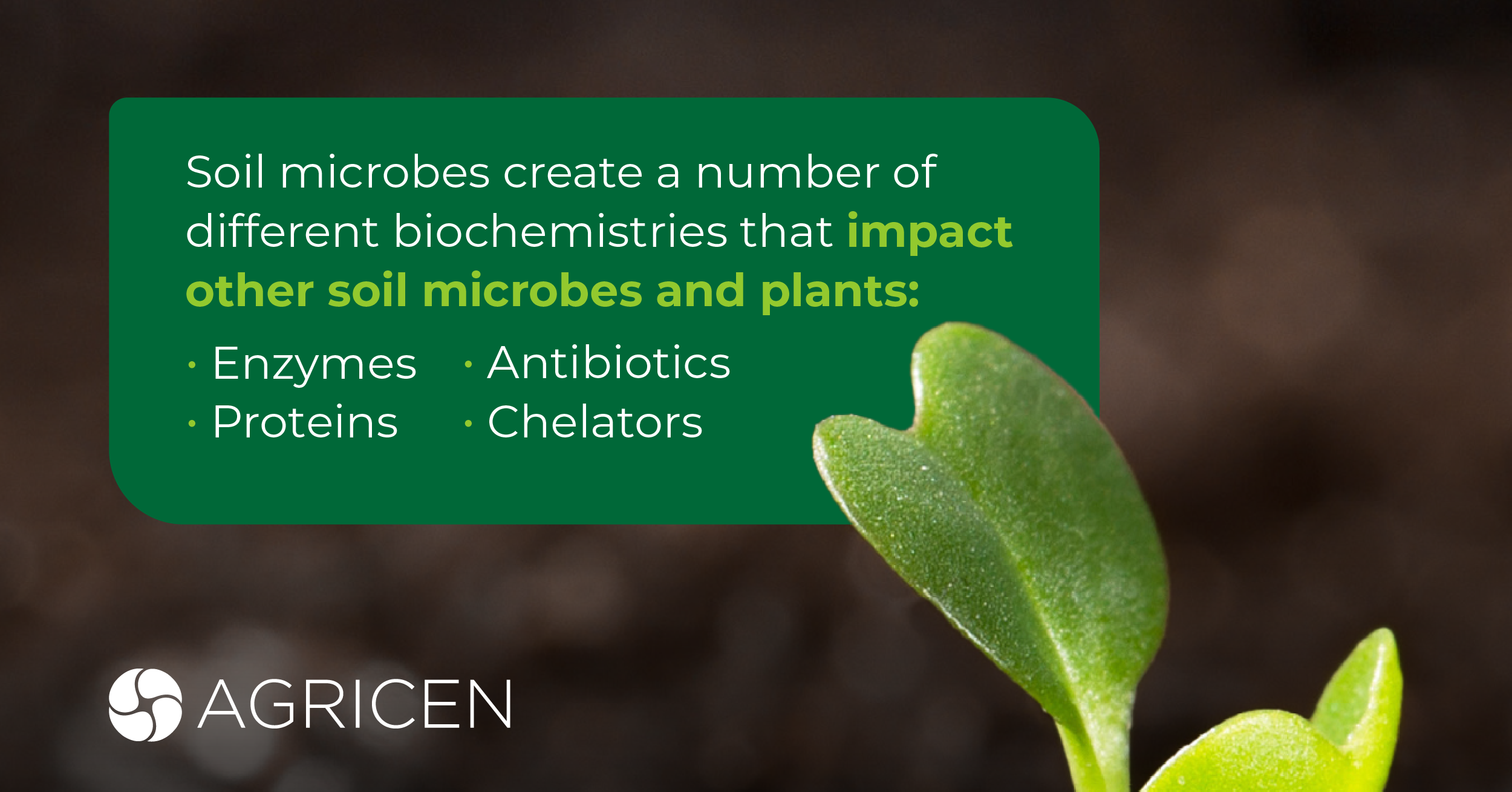





![[Data] Titan XC Proves Agronomic Benefit in Cotton, Corn & Soybeans](https://blog.agricen.com/hubfs/Cotton-Conway-NC-Titan-XC-2017.png)
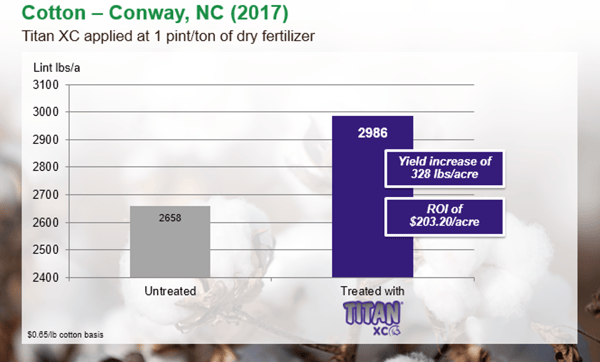



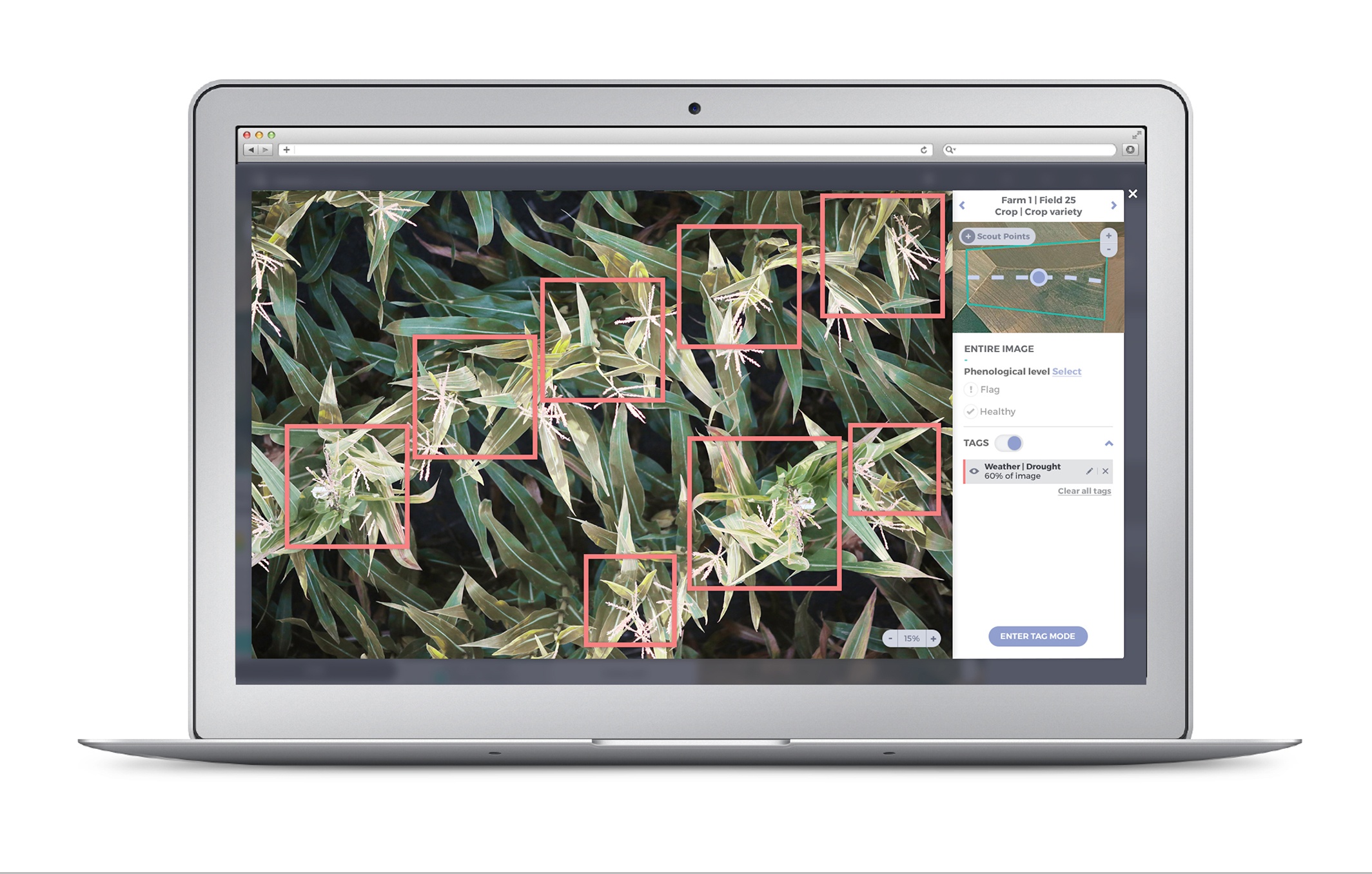
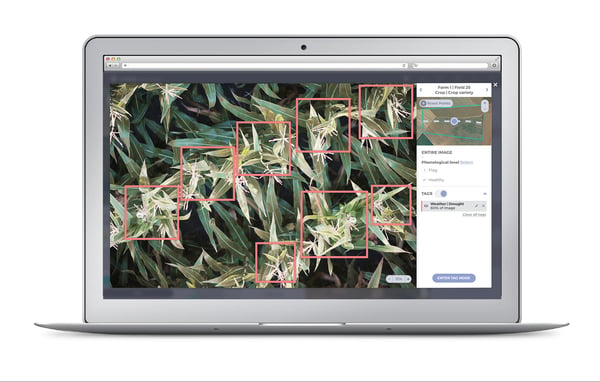
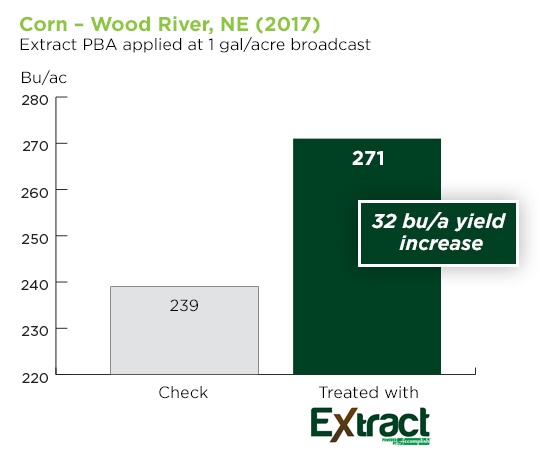
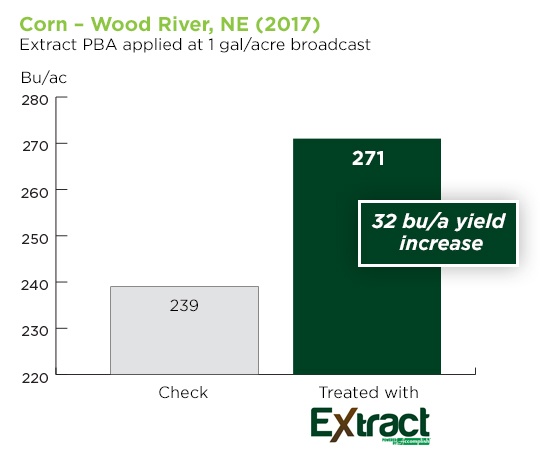

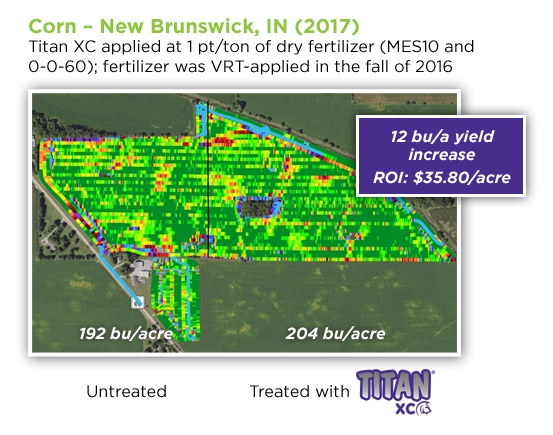
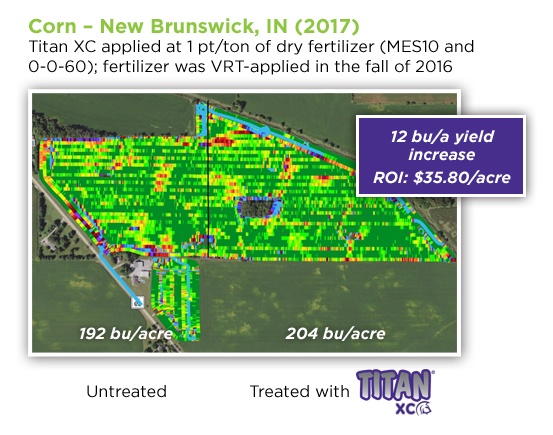
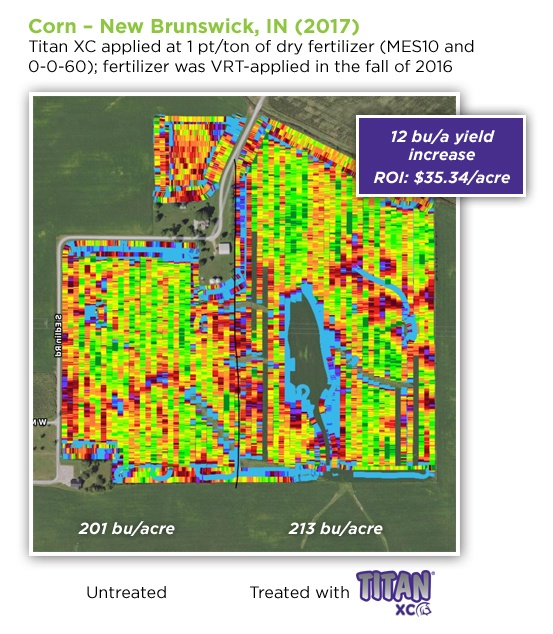


![[Trial] Titan XC Provides 14 Bushel Yield Advantage in Soybeans](https://blog.agricen.com/hubfs/TitanXC-soybeans.jpg)
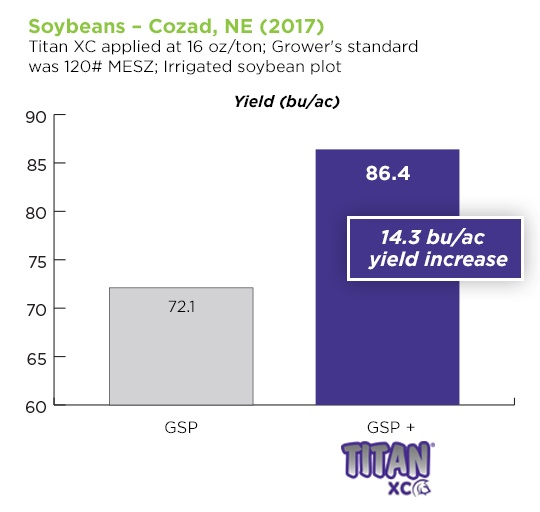

![[Video Roundup] How Farmers Improve Ag Productivity & Sustainability](https://blog.agricen.com/hubfs/Agriculture%20Videos.png)
